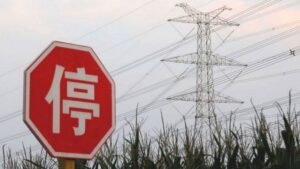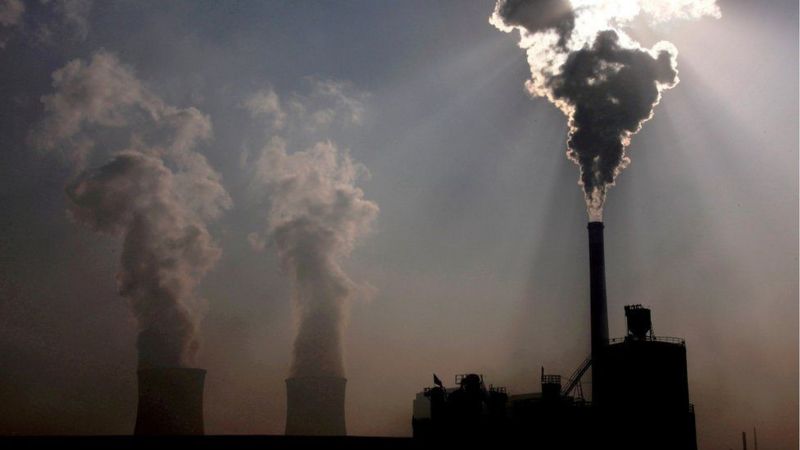
China is facing severe power cuts and millions of homes and factories are facing this problem there. Power blackouts are not uncommon here but this year several other factors have added to the trouble for the electricity suppliers.
In the ‘industrial hub’ of China’s northeastern part of China, which is facing severe power cuts, the problem is getting worse as winter approaches and it is something that could affect the rest of the world as well.
- Why was there a power shortage in China?
Over the years, China has struggled to strike a balance between demand and supply of electricity, which has led to power cuts in many provinces of China.
This problem of power cuts becomes even more serious when the demand for electricity is highest during summer and winter.
But in the year 2021, many more such issues came which made this problem even more formidable.
After the Corona epidemic, as the whole world started opening once again, the demand for Chinese goods also increased and the factories of China making them needed more electricity for this.
Coal production has already slowed down due to the rules China has made to make the country carbon-free by 2060, yet China is still dependent on coal for half of its energy needs. And as the demand for electricity has increased, coal is also getting costlier.
But the Chinese government strictly controls electricity prices there, so coal-fired power plants are unwilling to operate at losses and many of them have cut their production.
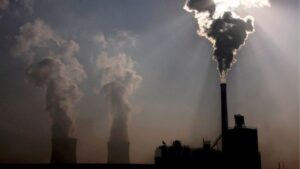
- Who is being affected by the blackout?
This has affected homes and businesses in many provinces and regions of China where electricity supply has been limited.
According to China’s official newspaper Global Times, power is out in four provinces – Guangdong in South China and Heilongjiang, Jilin and Liaoning in Northeast China.
There are reports of power outages in other parts of the country as well.
In industrial areas, many companies are being asked to cut down on the use of electricity during peak times or reduce their working days.
Industries related to steel, aluminium, cement and fertilizer have been affected the most, where there is a huge need for electricity.
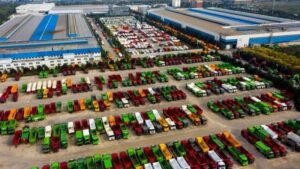
- What has been the impact on China’s economy?
Official figures show that in September 2021, China’s factories fell to the lowest level since February 2020, when the country’s economy was brought to a standstill by the lockdown following the corona infection.
International investment banks have downgraded China’s economic growth rate in their projections following concerns about electricity supply.
According to Goldman Sachs, China’s industrial activity has decreased by 44% due to the power cut. The bank estimates that the world’s second largest economy will grow at 7.8% this year, as against 8.2% earlier.
This crisis of China can have an impact on the whole world, especially the supply of goods may be affected during the shopping season at the end of the year.
Vendors around the world are already facing difficulties due to the sudden surge in demand since the reopening of businesses closed due to Corona.
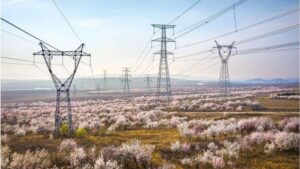
- What is China doing to solve the crisis?
China’s economic planning body NDRC has suggested a number of measures in which it has been decided to give main priority to the supply of electricity in Northeast China in the coming cold season.
Under these measures, there has been talk of working together with power generating companies to increase production, for which steps like uninterrupted supply of coal and rationing of electricity.
The Association of Power Producing Companies in China has also said that coal-fired power companies are now increasing the supply of coal at any cost to keep the supply of electricity in winter.
But increasing the supply of coal is not so easy.
While Russia is already focusing on its customers in Europe, coal supplies have been affected by heavy rains in Indonesia and neighboring Mongolia is already struggling with transportation by road.
- Is there any connection between the electricity shortages happening around the world?
Power cuts in China, long queues outside petrol stations in the UK, fuel price hikes in Europe, and a surge in oil, gas and coal prices in wholesale markets may make one wonder if there is a fuel shortage around the world has been.
But it’s not that straightforward – different things are happening in different parts of the world.
For example, in Britain, oil at petrol pumps ran out because people started filling petrol in vehicles with panic thinking that the lack of tanker drivers would also reduce the supply of oil.
On the other hand, local factors are responsible for the increase in fuel prices in Europe, including low crude oil stocks, the occurrence of production from windmills and solar power and stoppages due to maintenance works.

